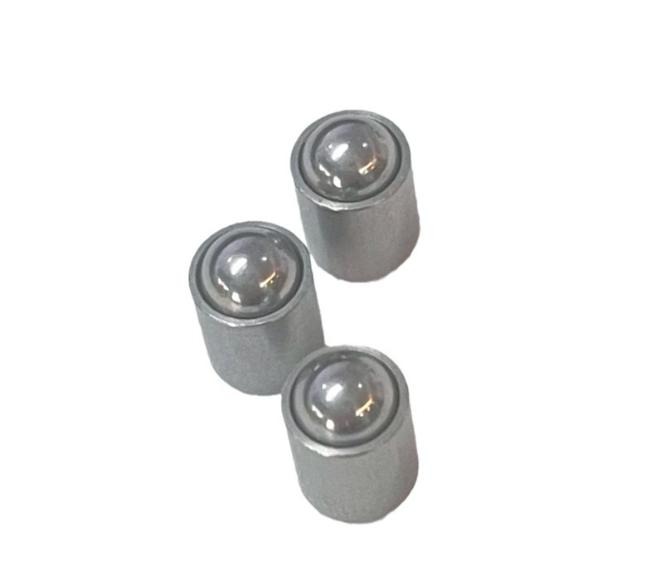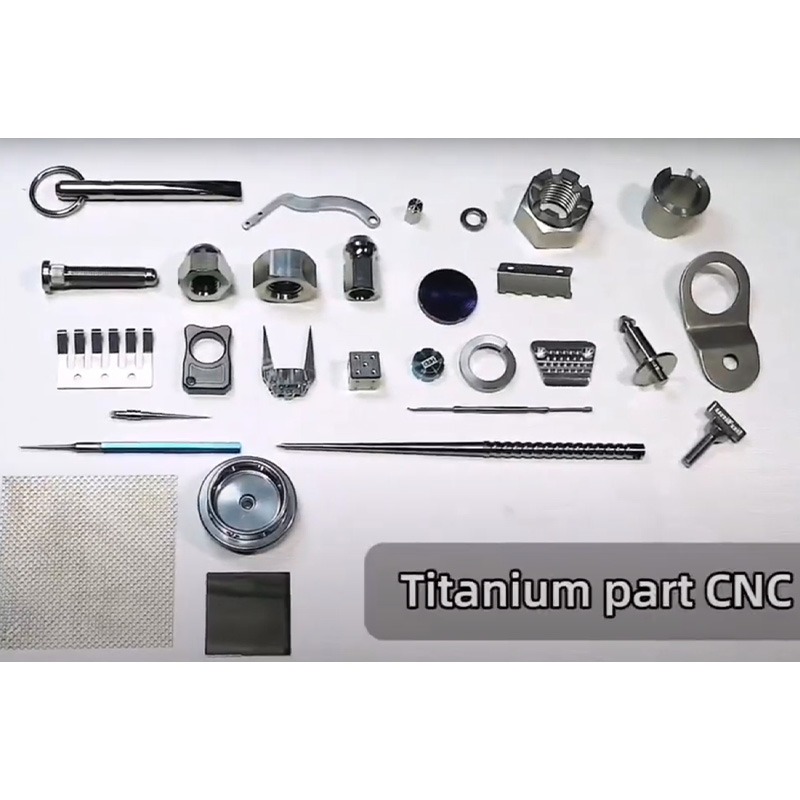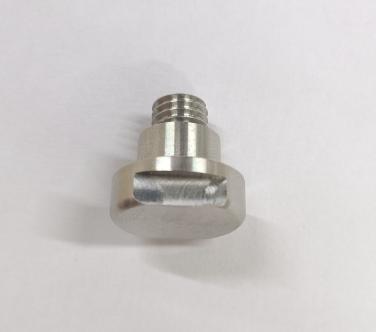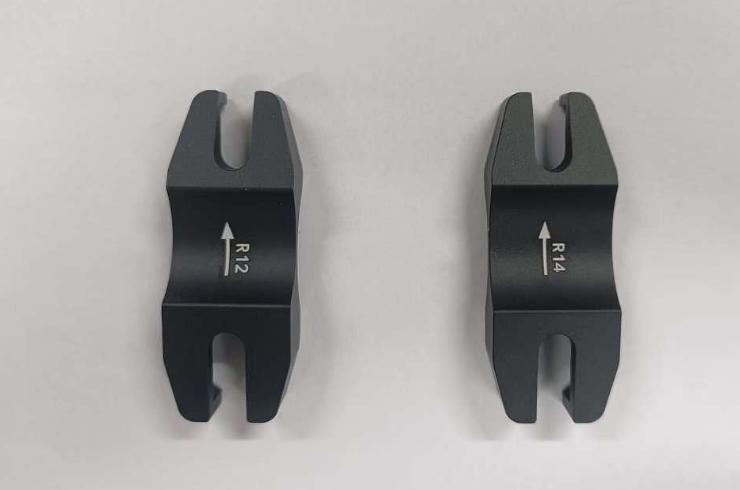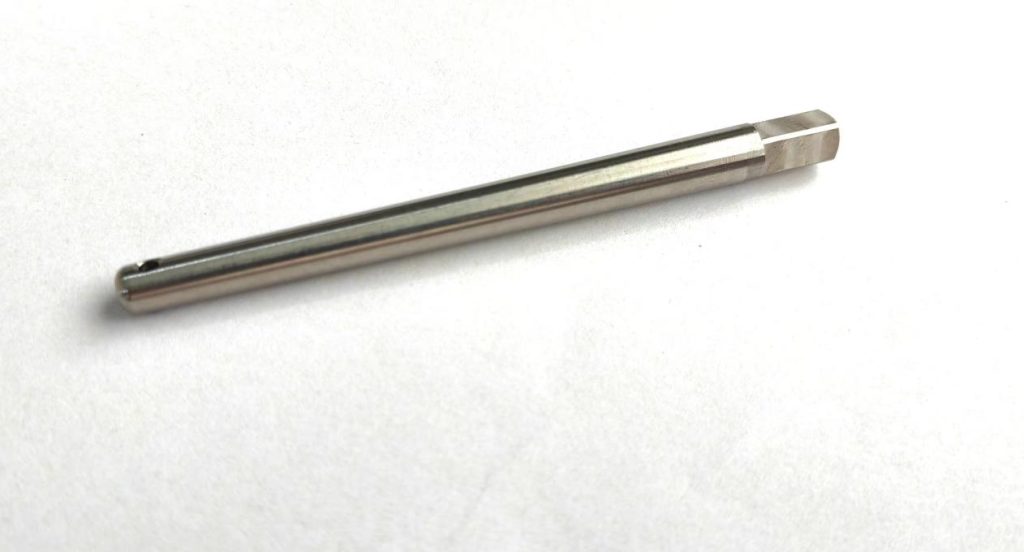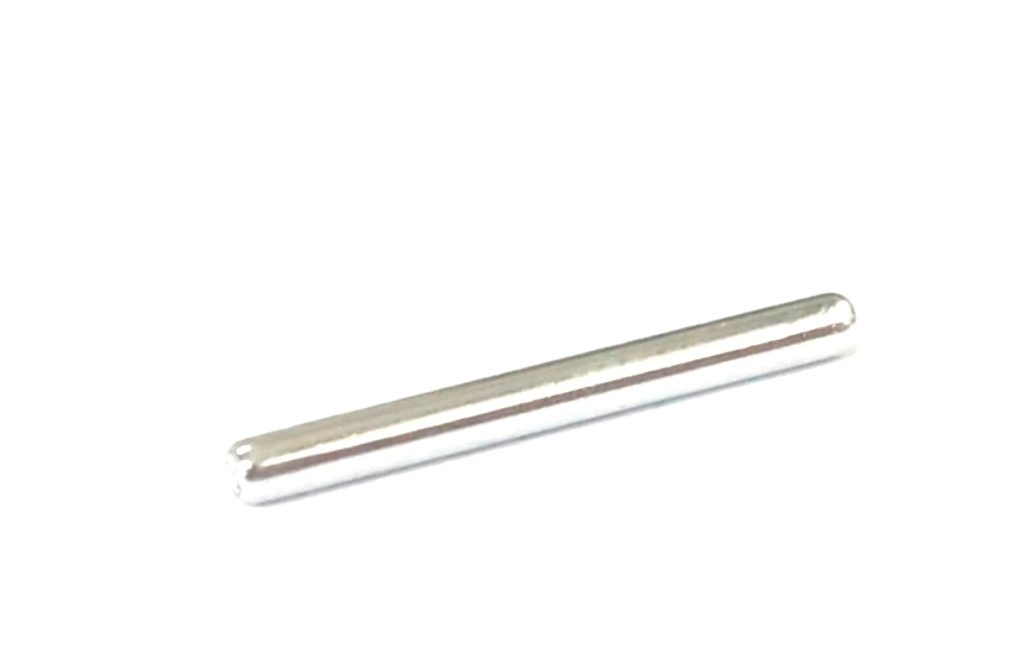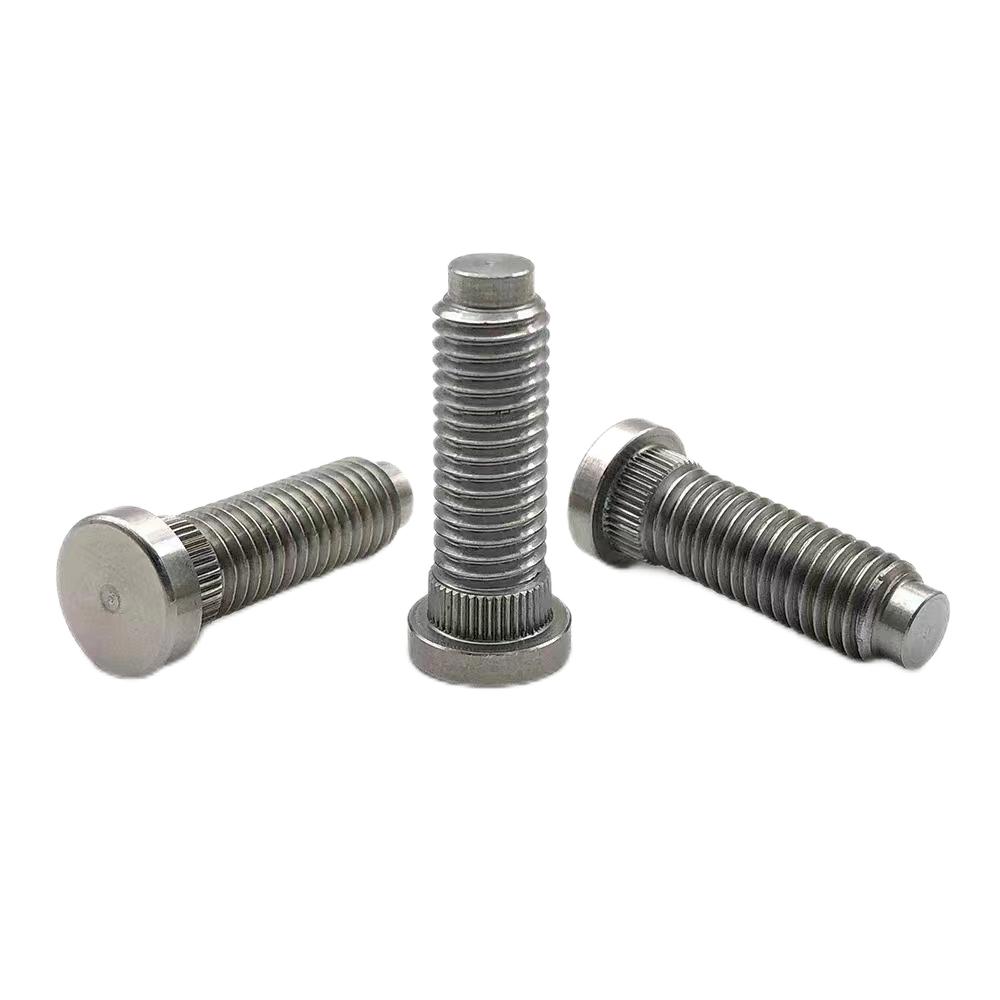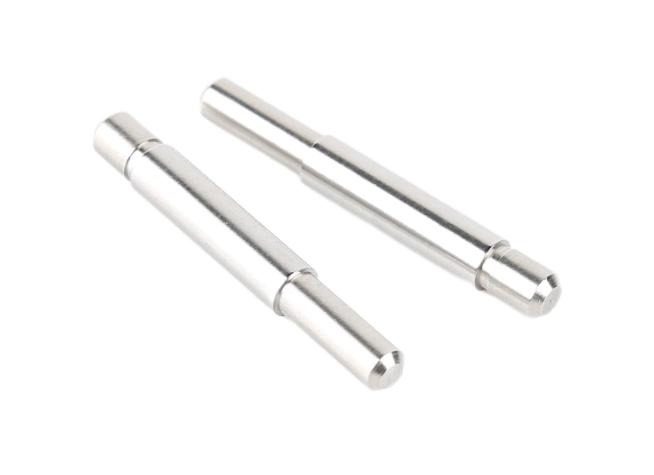The Significant Role of Precision Metal Stamping for Medical Device Manufacturing: Ensuring Accuracy and Reliability
Precision metal stamping has played an important role in shaping the landscape of medical device production. Precision metal stamping is essential in delivering accuracy, reliability, and innovation, from intricate components in surgical instruments to critical parts in diagnostic equipment. In this article, we focus on the topic of precision metal stamping, exploring the significance of precision metal stamping in the medical device industry, its applications, key considerations for maintaining quality and reliability when implementing precision metal stamping, the advancements in metal stamping techniques shaping this critical manufacturing process.
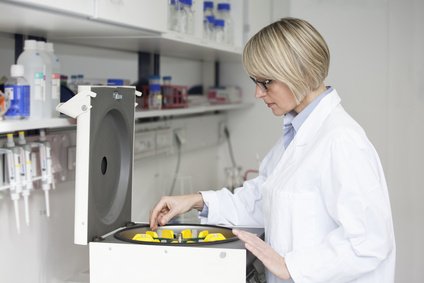
Why Precision Metal Stamping is Important in the Medical Device Manufacturing?
The Significance of Precision in Medical Device Manufacturing
Precision is a non-negotiable requirement in the manufacture of medical devices. Whether it’s a tiny component in a pacemaker or a complex part in an imaging device, the precision of each constituent element determines the functionality and reliability of medical devices. Precision metal stamping provides high accuracy, allowing for the production of intricate components with tight tolerances. This precision is critical in meeting the stringent requirements of the medical industry, where error margins are extremely small.
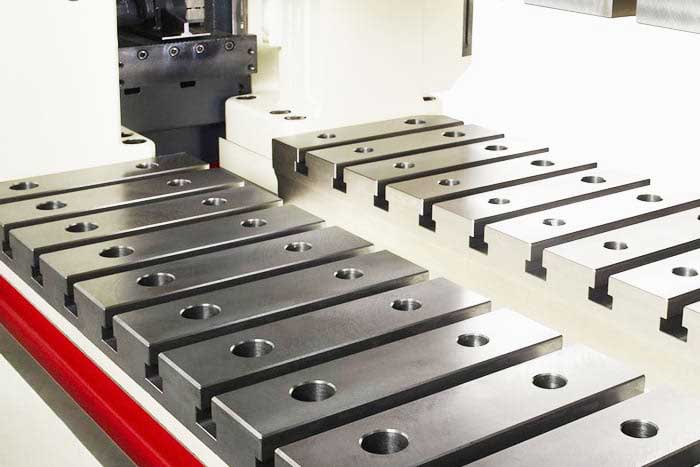
Manufacturing Processes for Medical Device Involved in Precision Metal Stamping
- Material Selection
The selection of appropriate materials is the first step in the process of metal stamping. Biocompatible, corrosion-resistant, and regulatory-compliant materials are frequently required for medical devices. Stainless steel, titanium, and various alloys are common materials used in high-precision metal stamping for medical devices.
- Tool and Die Design
The design of tools and dies is an important aspect of high-precision metal stamping. To achieve the desired specifications, the dies used to shape and form the metal must be meticulously designed. Computer-Aided Design (CAD) and Computer-Aided Manufacturing (CAM) technologies are critical in ensuring design accuracy.
- Stamping Process
The stamping process involves inserting a metal sheet or coil into a stamping press, where a die forms and cuts it into the desired shape. This process is precisely repeated to produce multiple identical components. To maintain consistency and efficiency, high-speed stamping presses with advanced controls are frequently used.
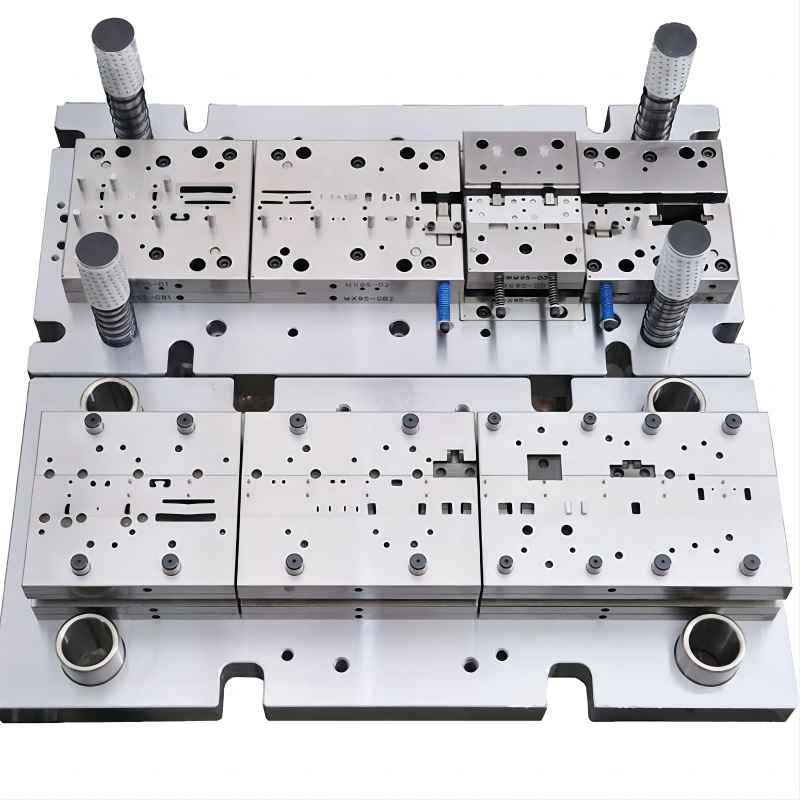
- Quality Control
Quality control is an ongoing process in high-precision metal stamping. To ensure that each component meets the specified tolerances, advanced inspection techniques such as vision systems and laser measurement tools are used. This is especially important in the medical industry, where even minor deviations can have a significant impact on device performance.
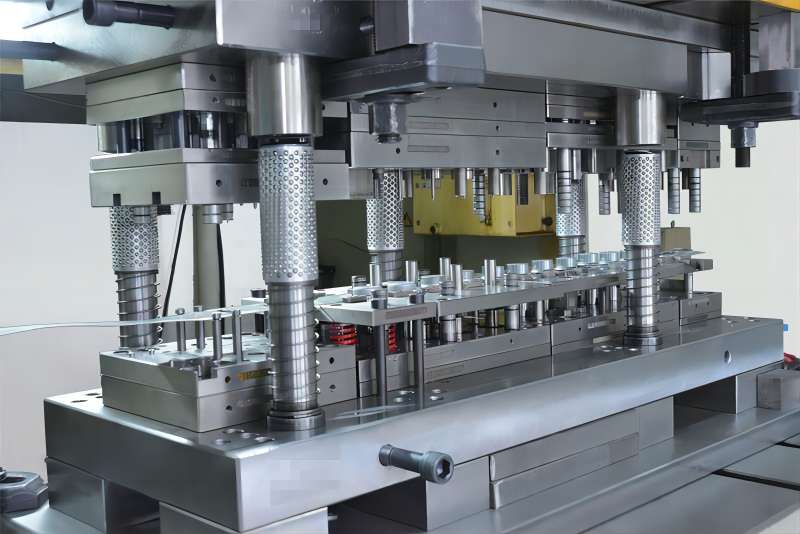
What are the Key Considerations for Quality and Reliability in Adopting Precision Metal Stamping?
Quality and reliability are critical in the medical device industry, and precision metal stamping is a critical step in ensuring the production of components that meet the industry’s stringent standards.
- Traceability and Documentation
Create strong systems for material traceability. Keep meticulous records of the materials used, including information on their origin, composition, and any treatments or processes they go through during the manufacturing process. Documentation that is accurate and comprehensive is essential for regulatory compliance and quality assurance.
- Cleanliness and Sterilization Protocols
Create and follow strict cleanliness and sterilization protocols. Components made by high-precision metal stamping and intended for use in medical devices must be thoroughly cleaned and sterilized. These processes should be validated to ensure that they meet the required cleanliness and sterility standards.
- Consistency in Production
Strive for consistency in production to ensure reproducibility of components. Implement statistical process control (SPC) methods to monitor variations in the manufacturing process and take corrective actions when necessary. Consistency is key to producing reliable components that meet the specifications of medical devices.
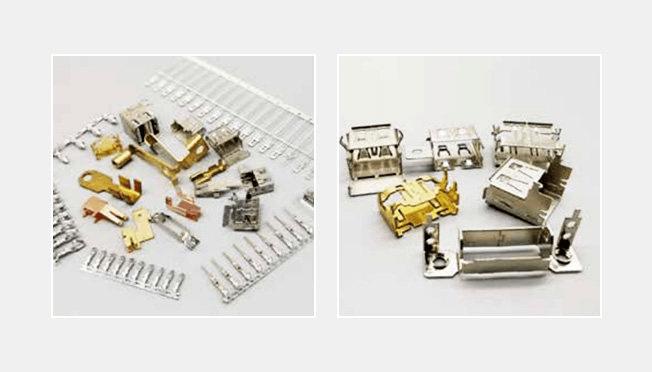
- Supplier Qualification and Collaboration
Work closely with material suppliers and ensure they adhere to the same quality standards. Qualify suppliers based on their ability to provide materials that meet the required specifications. Establish a collaborative relationship to address any issues promptly and to stay informed about advancements in materials and processes.
- Training and Skill Development
Invest in the education and training of personnel involved in the high-precision metal stamping process. Skilled operators and technicians make a significant contribution to the precision and dependability of the manufacturing process. Continuous training ensures that the team is equipped to handle evolving technologies and methodologies.
- Regulatory Compliance and Certification
Maintain compliance by staying up to date on changes in regulatory requirements. Obtain the necessary certifications and audit processes on a regular basis to ensure compliance with regulatory standards. This is crucial for maintaining the trust of regulatory bodies and end-users in the quality and reliability of the medical devices produced.

What are the Applications of Precision Metal Stamping in Medical Devices
1. Surgical Instruments
Precision metal stamping is essential in the manufacture of surgical instruments, where accuracy and dependability are critical. Precision stamping techniques are frequently used to manufacture components such as forceps, scissors, and other intricate tools, ensuring consistency and performance in critical medical procedures.
2. Implantable Devices
The production of implantable medical devices, including components for orthopedic implants, pacemakers, and stents, relies heavily on precision metal stamping. These components must meet strict tolerances and biocompatibility standards to ensure successful integration within the human body.
3. Diagnostic Equipment
Precision stamping is essential in the production of components for diagnostic equipment such as X-ray machines, CT scanners, and MRI machines. The precision and accuracy of these components have a direct impact on the quality and precision of medical imaging, assisting in accurate diagnosis.
4. Drug Delivery Devices
Components for drug delivery devices, including insulin pumps and inhalers, often undergo precision metal stamping. The consistency in manufacturing ensures the reliability of these devices, contributing to precise and controlled drug administration.
5. Electrodes and Sensors
Electrodes and sensors with precision stamping are used in a variety of medical applications, including monitoring devices and wearable health technology. To provide accurate and real-time data for patient monitoring, these components must meet exact specifications.

What are Advancements of Techniques in Precision Metal Stamping for Medical Device Manufacturing?
1. Microstamping
Microstamping has emerged as a specialized technique as medical devices become increasingly miniaturized. This entails the creation of extremely small components with sub-millimeter dimensions, allowing for the creation of compact and highly efficient medical devices.
2. Multi-Slide Stamping
Multi-slide stamping allows for the stamping of multiple features at the same time in a single cycle. This technique is particularly advantageous for complex components, streamlining the manufacturing process and enhancing efficiency.
3. Advanced Materials
The use of advanced materials, such as biocompatible alloys and shape-memory alloys, has increased the precision metal stamping capabilities in medical device manufacturing. These materials help to improve durability, corrosion resistance, and overall performance.
4. Innovations in Tooling Technology
Ongoing advancements in tooling technology, including the use of high-speed and computer-controlled systems, contribute to the precision and efficiency of metal stamping processes. This ensures that even the most intricate features can be consistently reproduced.
Conclusion
Precision metal stamping is at the forefront of medical device manufacturing innovation. Its role in developing reliable, accurate, and intricate components is critical for the advancement of healthcare technologies. The medical industry can expect even greater strides in the development of sophisticated and precise medical devices as technological advancements continue to drive the evolution of precision metal stamping techniques.

